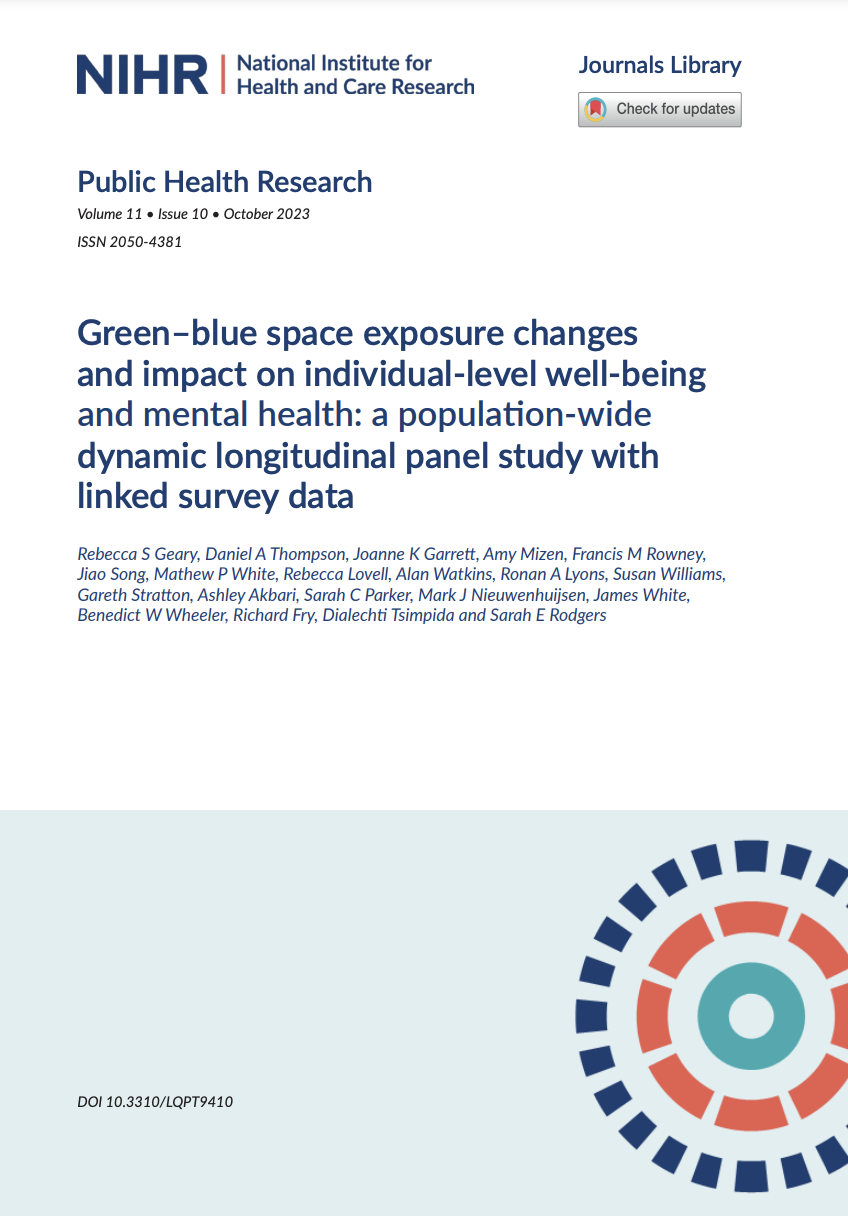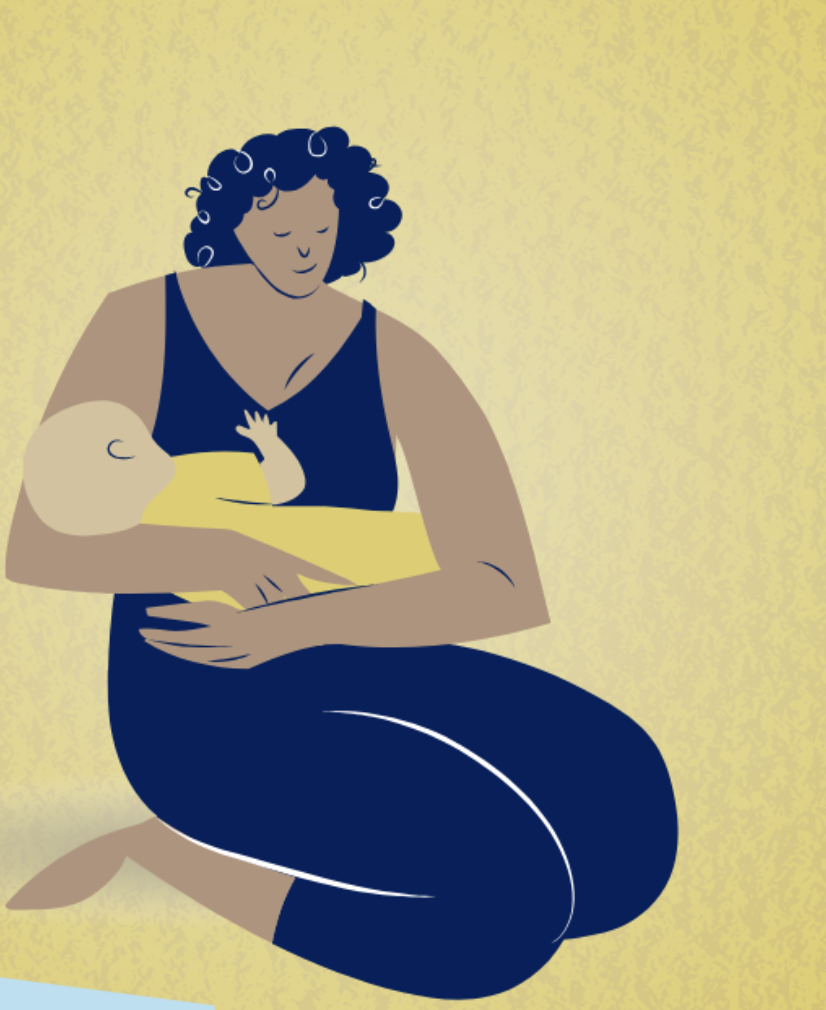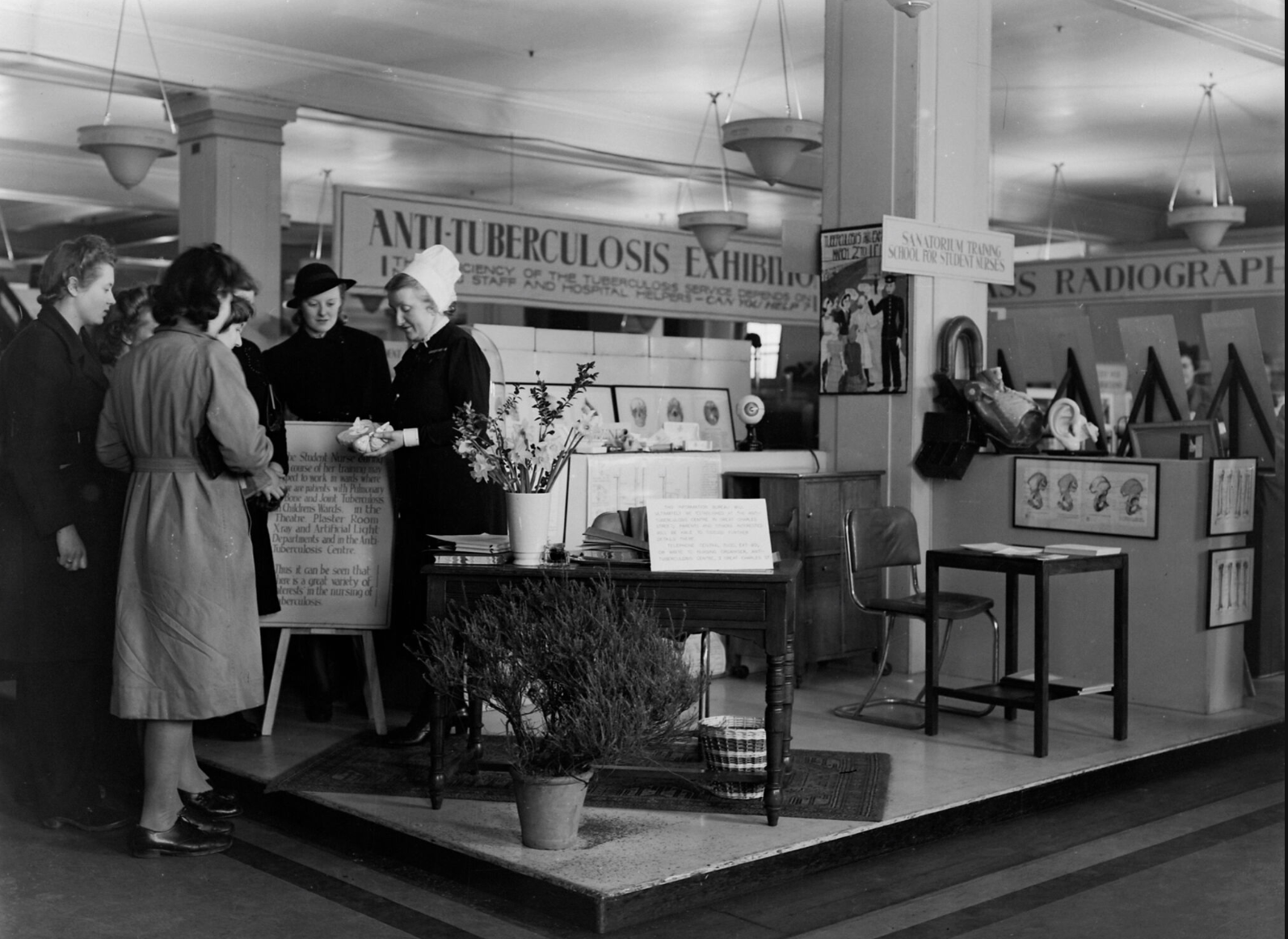
-
Source
Green blue space exposure changes and impact on individual-level well-being and mental health: a population-wide dynamic longitudinal panel study with linked survey data
We investigated whether people who live near or visit green (parks, woodlands) and blue (riversides, beaches) spaces have fewer common mental health disorders (anxiety or depression), and better well-being. We considered whether changes in the amount of green and blue space around the home affected people’s mental health.
We assessed the availability of local green and blue spaces. Annual exposure and access to local green and blue spaces were extracted from planning and satellite data. We linked these data to anonymised health records of 2,801,483 adults registered with a general practice from 2008 to 2019, and to survey answers about leisure visits to natural environments and well-being. We found:
-
People who lived in greener and bluer areas were less likely to seek help for a common mental health disorder than those in less green or blue areas, with those living in the most deprived areas benefiting the most
-
People who used green and blue spaces for leisure, especially those with the greatest levels of deprivation, had better well-being and were less likely to seek help for common mental health disorders
-
No evidence that changing amounts of green and blue space affected how likely people were to seek help for common mental health disorders; this may be because we found mostly small changes in green and blue space, and we may not have allowed enough time between moving home and recording mental health.
We found evidence for relationships between green and blue space and mental health. However, some analyses were restricted due to lack of data on changes in green and blue spaces. An important finding was that people in deprived communities appear to benefit the most. Provision of green and blue spaces could be a strategy to improve the mental health of people living in disadvantaged areas.
Authors
Rebecca Geary, Daniel Thompson, Joanne Garrett, Amy Mizen, Francis Rowney, Jiao Song, Mathew White, Rebecca Lovell, Alan Watkins, Ronan Lyons, Susan Williams, Gareth Stratton, Ashley Akbari, Sarah Parker, Mark Nieuwenhuijsen, James White, Benedict Wheeler, Richard Fry, Dialechti Tsimpida, Sarah Rodgers




